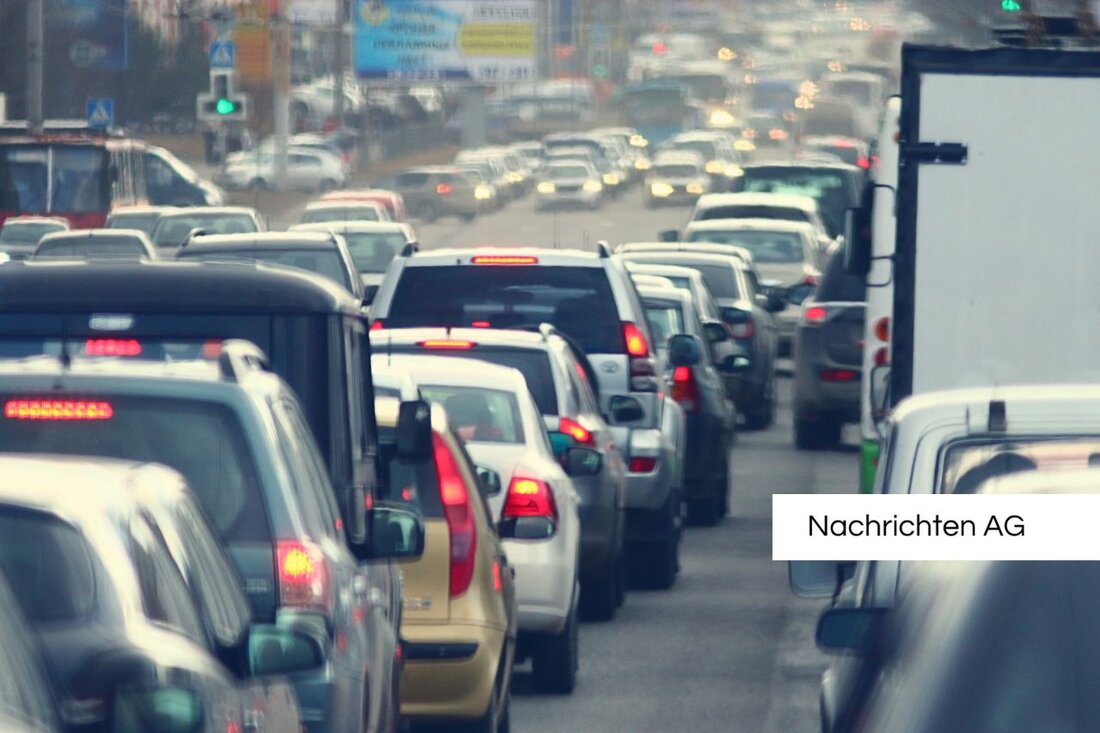A100 opening in Treptow: Danger for residents and traffic collapse?
The 16th construction phase of the A100 will open in Treptow on August 27, 2025, while district representatives express concerns about traffic congestion.

A100 opening in Treptow: Danger for residents and traffic collapse?
The opening of the 16th construction phase of the A100 in Treptow today is drawing mixed reactions. District politicians are concerned about the impact of the highway on residents and the traffic situation in the area. The western superstructure of the Elsenbrücke is not yet completed, leading to concerns about a possible traffic collapse. District councilor Annika Gerold and her colleague Dr. Claudia Leistner expresses clear concerns about the planned measures and the overall lack of transport infrastructure.
In particular, warnings are being raised about the increased stress on residents. “The new motorway construction is expensive and outdated,” emphasizes Gerold, while she calls for a sustainable transport concept that gives priority to walking, cycling and local public transport. Also Dr. Leistner points to the existing traffic jams on Elsenstrasse and Elsenbrücke and calls for a comprehensive traffic concept from the Berlin Senate.
Criticism of transport policy
Criticism comes not only from district politicians, but also from residents. The A100 extension between Neukölln and Treptower Park, which was officially opened after 12 years of construction, is intended, on the one hand, to relieve the burden on residents and improve the connection of the eastern districts to the A113. Despite the positive intentions, the actual impact remains questionable. The planned relief could be counteracted by a possible increase in traffic volume.
The construction work had caused a lot of excitement in advance. The cost was 720 million euros, which corresponds to 225,000 euros per meter. However, planned benefits, such as improving accessibility to BER airport and the Adlershof science location, are under discussion. In particular, the lack of completion of the Elsen Bridge, which could probably take until 2028, is seen as a serious shortcoming.
Path to the future of mobility
In the context of the opening of the A100, Berlin's transport policy also becomes clear. The strategic action framework “Urban Development Plan Mobility and Transport” (StEP MoVe), which was passed by the Berlin Senate in 2021, aims to slow the trend towards more vehicle traffic. Instead, the share of environmental connectivity, including walking, cycling and public transport, is expected to increase from 74% to 82% by 2030.
These plans reflect the city's will to implement a committed and climate-friendly transport policy, to significantly improve the quality of life of citizens and to increase air quality in a persistently polluted urban area. Berlin's ambitions to introduce a zero emissions zone represent a further step towards reducing private motorized transport and strengthening climate protection.
In order to overcome the current challenges, those responsible are calling for a dialogue between the Senate, the district and residents. Only through constructive discussions can solutions to the issues of noise, traffic jams and pollutant emissions be found. The discussion about the future of walking and cycling as well as the promotion of local public transport has become even more explosive with the opening of the A100.

 Suche
Suche
 Mein Konto
Mein Konto
